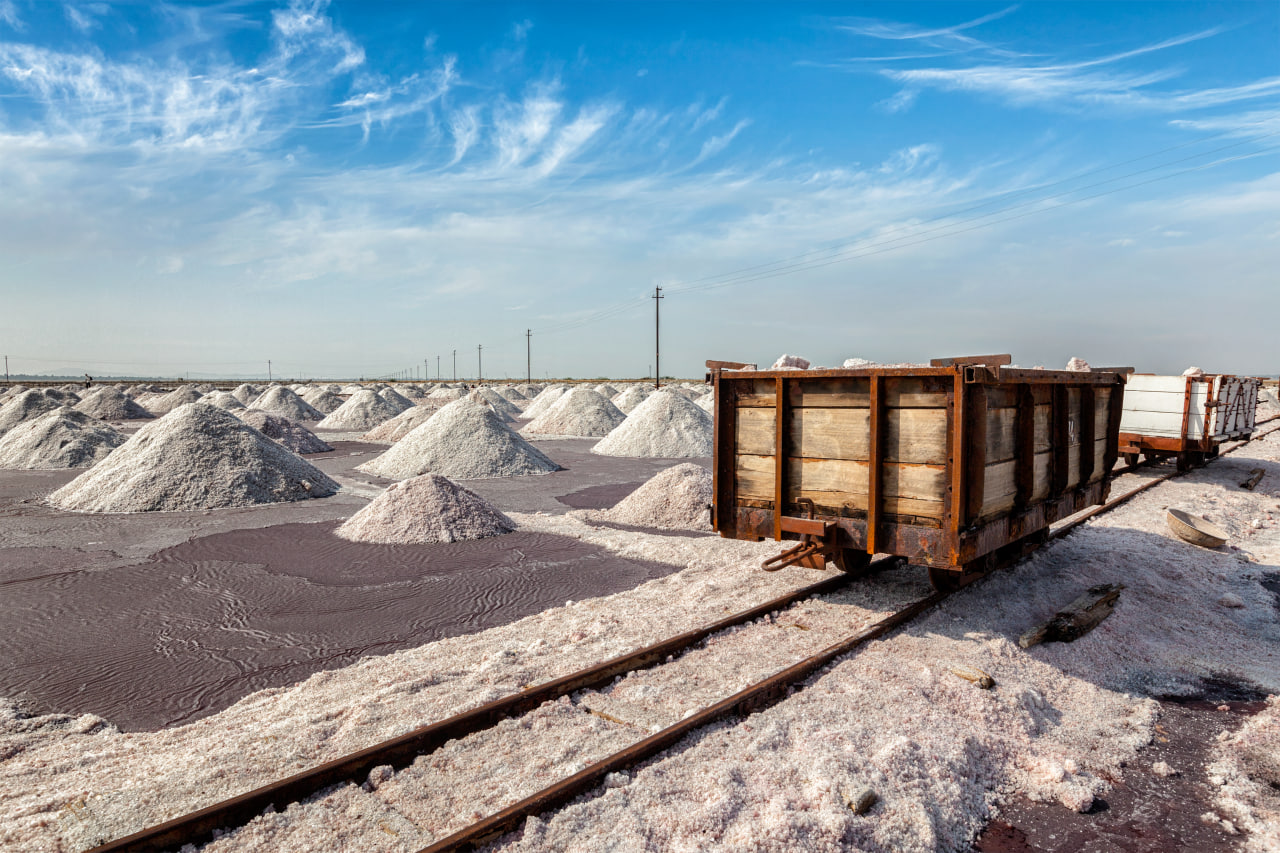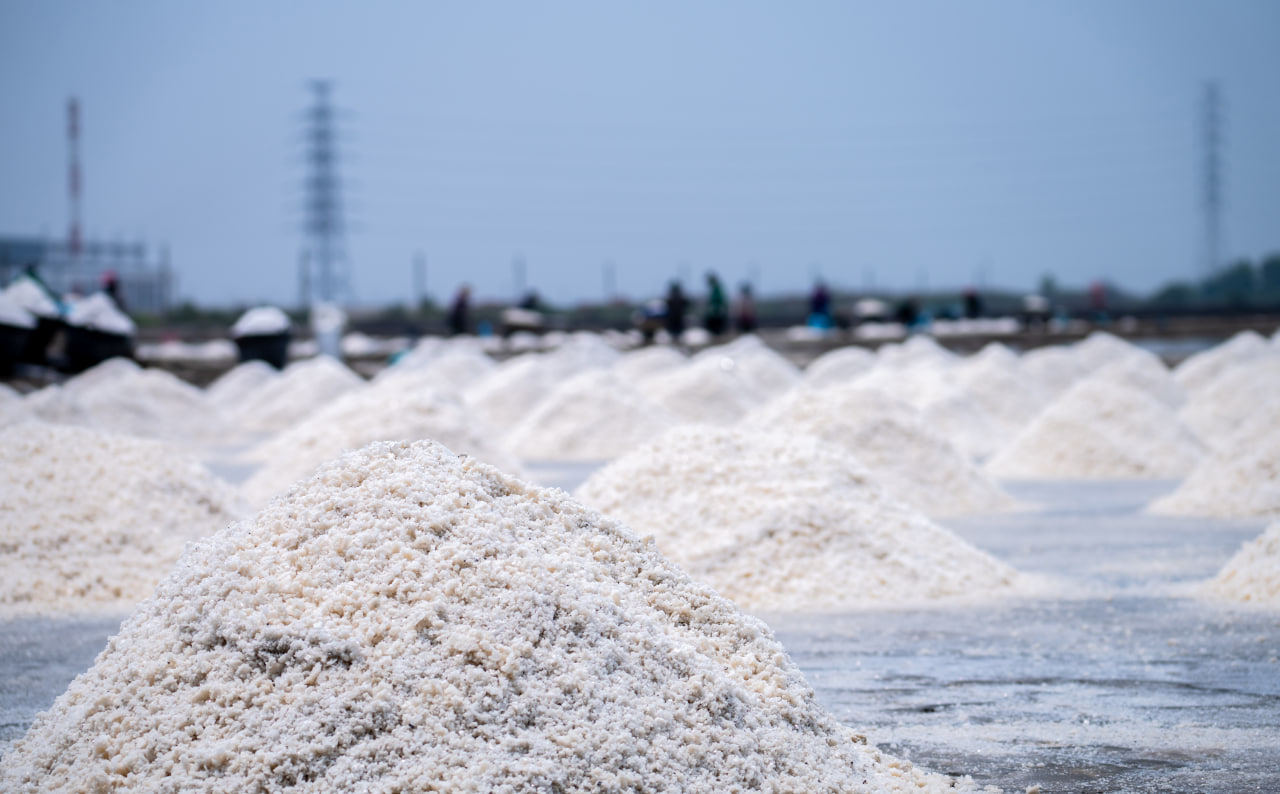Introduction
In the competitive world of international trade, Iranian Edible Salt has quietly emerged as a high-demand commodity, especially among the Persian Gulf nations. Countries such as the United Arab Emirates, Qatar, Oman, Bahrain, and Kuwait have increasingly become significant consumers of this mineral-rich product. But what makes Iranian edible salt so attractive to these markets? What strategies have Iranian producers and exporters implemented to ensure consistent growth in such a demanding and quality-conscious region? This blog dives deep into the secrets of Iran’s success in exporting edible salt to its southern neighbors.
1. The Strategic Importance of Iranian Edible Salt
Iran is home to some of the world’s richest natural salt deposits, including massive salt domes and ancient mines in provinces like Semnan, Garmsar, and Qom. These resources are not only vast but also incredibly pure, making Iranian Edible Salt ideal for consumption and industrial use alike.
Its natural harvesting processes, lack of heavy industrial contamination, and high mineral content (including calcium, magnesium, and potassium) make it both a safe and nutritious choice. These qualities align closely with the health-conscious preferences and regulatory requirements in Gulf countries.
2. Key Reasons for Growing Demand in Gulf Countries
Several factors contribute to the rising demand for Iranian Edible Salt across the Persian Gulf:
Proximity and Logistics: Geographical closeness significantly reduces shipping time and cost.
Cultural and Trade Ties: Historical trade relations and cultural similarities facilitate easier market entry.
Product Quality: High purity levels, natural extraction, and mineral richness make Iranian salt stand out.
Diverse Applications: Apart from household use, Gulf countries use edible salt in the food processing, pharmaceutical, and cosmetic industries.
3. Customization and Product Grading
One of the critical secrets behind Iran’s export success is its ability to offer a wide range of salt grades and packaging options tailored to client needs:
Fine Salt: Used in everyday cooking.
Coarse Salt: Preferred for certain traditional Gulf dishes and pickling.
Iodized Salt: Fortified to meet health regulations.
Bulk Industrial Salt: For food processing and water treatment facilities.
Exporters often go the extra mile to label packaging in Arabic, comply with Halal certifications, and meet shelf-life labeling standards specific to each importing country.
4. Trade Policy Advantages and Free Zones
Iran’s government has supported salt exports through reduced export tariffs and by promoting international trade via special economic zones like Bandar Abbas and Chabahar. These hubs make it easy to transport bulk quantities of Iranian Edible Salt efficiently and affordably to Gulf destinations.
Additionally, Iranian companies benefit from the existence of trade agreements or customs cooperation with some Gulf countries, expediting customs clearance and reducing paperwork.
5. Quality Assurance and International Certifications
Gulf nations maintain strict import standards, especially for food products. Iranian salt exporters have adapted by acquiring and maintaining certifications such as:
ISO 22000 (Food Safety Management)
HACCP (Hazard Analysis and Critical Control Points)
Halal Certification
GMP (Good Manufacturing Practice)
These certifications reassure buyers in Gulf markets that Iranian Edible Salt is safe, hygienic, and high quality.
6. Competitive Pricing and Volume Capacity
Thanks to Iran’s vast reserves and efficient production methods, Iranian Edible Salt remains competitively priced. This is particularly important in Gulf markets, where imported goods must balance quality with cost-effectiveness.
Iranian producers are also capable of fulfilling large-scale orders consistently. This volume flexibility ensures that both small retailers and large food processing companies in the Gulf region can rely on a stable supply.
7. Effective Use of Digital Channels and Trade Shows
Modern Iranian exporters have adopted a multi-channel strategy to increase visibility:
Professional B2B Websites: English and Arabic language websites featuring detailed product descriptions and certifications.
Social Media Marketing: Platforms like LinkedIn and Instagram are used for B2B outreach.
Email Campaigns: Personalized email sequences targeting food distributors and importers in Gulf countries.
International Trade Shows: Participation in events like Gulfood (Dubai) and Saudi Food Expo has led to direct contracts and recurring customers.
These digital efforts have allowed Iranian salt to move from bulk commodity trade into more branded, trust-based relationships.
8. Building Long-Term Distributor Partnerships
Iranian exporters have focused not just on selling but on building trust with long-term partners. Strategies include:
Offering flexible payment terms
Providing consistent quality over time
Regular communication in Arabic and English
Ensuring timely deliveries and responsive after-sales service
Many Gulf importers now rely exclusively on Iranian Edible Salt for both retail and industrial purposes.
9. Navigating Regional Challenges
While the market is lucrative, it’s not without its challenges:
Sanctions and Banking Restrictions: These issues have pushed companies to use alternative payment methods like barter or third-country financial facilitators.
Political Tensions: Regional tensions require that exporters remain agile and politically aware.
Competition from India and Pakistan: Other nearby producers offer alternatives, making brand differentiation and quality even more crucial.
Despite these obstacles, Iranian exporters have shown resilience, continuously innovating and adapting to maintain market share.
10. The Road Ahead: Opportunities for Growth
The demand for Iranian Edible Salt is poised to grow further due to:
Urbanization and population growth in the Gulf
Expansion of food manufacturing industries
Rising health awareness driving demand for natural and iodized salts
Future strategies could include:
Introducing flavored and specialty salts
Branding for premium supermarket shelves
Collaboration with Gulf-based wellness and spa brands
With ongoing investment in quality, branding, and digital presence, Iranian salt can continue to dominate this important export region.
Conclusion
The success of Iranian Edible Salt in the Persian Gulf is no accident. It’s the result of strategic planning, deep market understanding, and relentless pursuit of quality and customization. As Gulf nations continue to seek reliable partners for food imports, Iran’s position as a go-to source for premium edible salt seems only set to strengthen.
Meta Description: Explore the secrets behind the booming export of Iranian Edible Salt to Persian Gulf countries. Learn about strategies, certifications, and market dynamics in this 1500+ word SEO blog.
Tags: Iranian Edible Salt, Persian Gulf exports, food salt export, Iranian salt industry, Middle East trade, edible salt market, salt packaging Iran




